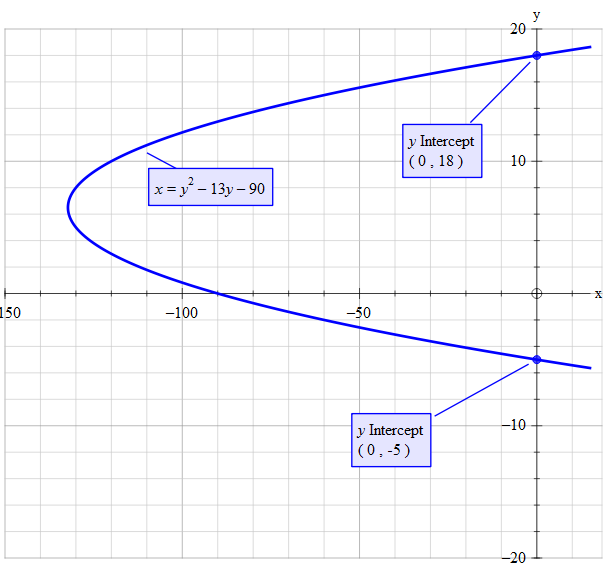How do you solve #y^2-90=13y#?
2 Answers
I used the quadratic formula, and found:
Explanation:
We have:
Rearrange into standard form:
Standard form has the powers of the pronumeral in decreasing order on the left and
In this case,
We often use
Substituting in the values from the equation:
Therefore:
This quadratic could also be solved by factorising.
Explanation:
Write as:
This is no different to a quadratic in
A quadratic in
A quadratic in
So it is rotating
Lets check the whole number factors of 90 to see if any of them give a difference of 13
The 90 is negative so the two numbers are of opposite sign.
The 13 is negative so the greater of the two is negative giving:
Condition 1 :
Condition 2:
Thus


